At 76 years old, Paul Alexander’s life has been nothing short of extraordinary.
For the better part of his existence, he has relied on an iron lung, a device dating back to 1928, which might now make him one of the last individuals on Earth to use such a contraption.
But Paul’s life has never been defined by limitations. Despite an unusual upbringing, he’s consistently pursued a life of depth and significance.
“I refuse to accept anyone else’s restrictions on my life. It’s not going to happen. My life is beyond remarkable,” he asserts.
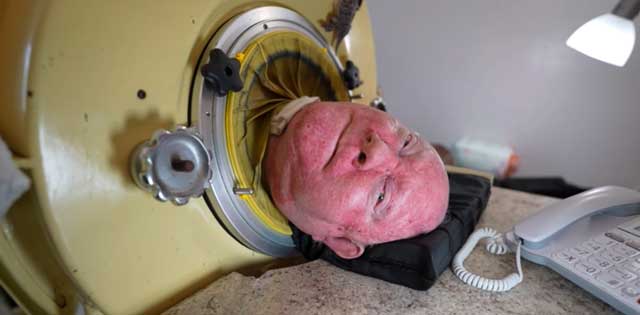
At the age of six, Paul returned to his childhood home in a Dallas, Texas suburb, complaining to his mother about not feeling well.
Born in 1946, he had enjoyed a healthy, vibrant childhood. However, a sudden shift had altered his behavior.
Recalling his mother’s reaction, he remembers her exclaiming, “Oh my God, not my son.”
Adhering to the doctor’s instructions, Paul spent several days in bed. Yet, it became evident that his condition, eventually diagnosed as polio, was not abating.
Within a week, his ability to swallow, eat, or even breathe had deteriorated.
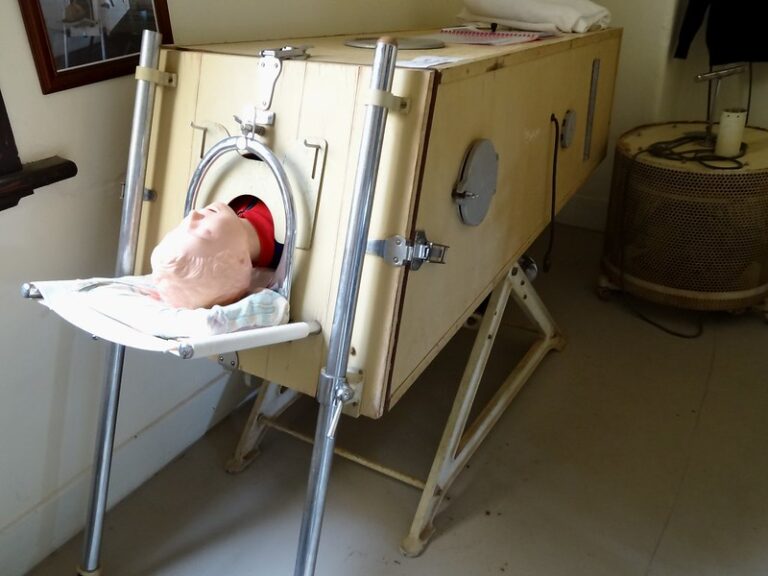
After careful consideration, his parents rushed him to the emergency room, where he joined the queue of children afflicted by the same symptoms.
Before immunizations were available, over 15,000 individuals had been disabled by polio. The extremely contagious virus could spread even when its host showed no signs of sickness.
Polio infection often brought about fatigue, fever, muscle stiffness, and pain, sometimes accompanied by vomiting. In rare instances, paralysis or even death could occur.
Initially declared deceased by one physician, Paul was given a second chance by another who saw potential in him.
With an emergency tracheotomy performed by a second doctor, Paul emerged from surgery only to be confined to an iron lung.
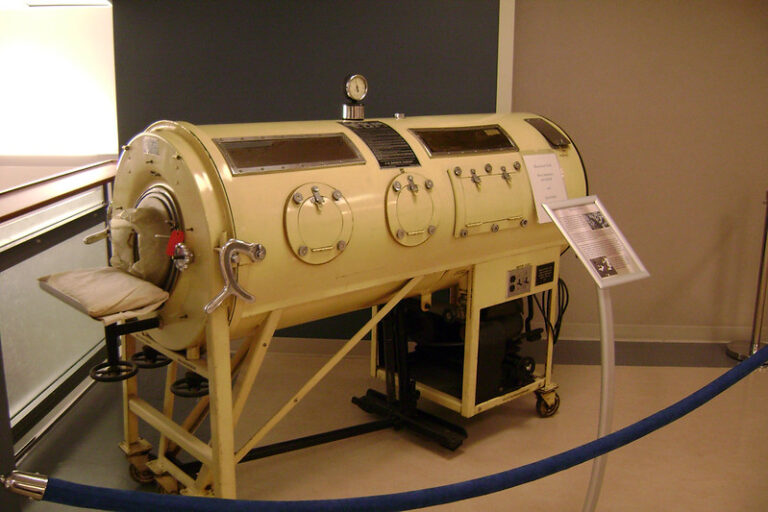
As he awoke three days later, he found himself alongside other children, each wearing a metal chest cast.
Recalling the experience, he said, “I was in a state of confusion. I had all sorts of thoughts, wondering if I had passed away. Was this a coffin? Or had I ended up in some undesirable place?” he recounted in an interview with Carol Off on As It Happens in 2017.
His ability to communicate was further curtailed by the tracheotomy, intensifying his frustration.
“I attempted to move, to at least shift a finger, but I was immobilized. Not even a finger could I move. I tried to reach out, to grasp anything to make sense of it, but I couldn’t. It was a rather eerie sensation,” he detailed.
Developed in the 1920s, the “Drinker respirator” was first employed on humans. The device sealed the patient from the neck down, creating negative pressure to draw air into the lungs.
Overpressure would prompt exhalation, as air was forcibly expelled from the lungs.
Enduring 18 months within the metal confinement, Paul battled to recover from the initial polio attack. He wasn’t alone in this struggle.
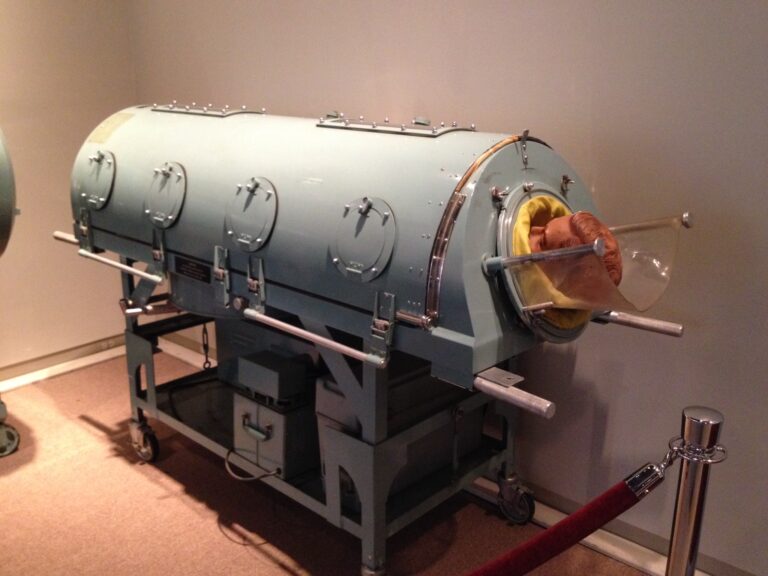
1952, the year Paul contracted polio, was a particularly grim period.
In the United States, the virus afflicted over 58,000 people that year, predominantly children. Tragically, 3,145 of them didn’t survive.
“Rows upon rows of iron lungs. Filled with children,” he reflected, as noted by The Guardian.
While others might have succumbed to hopelessness, Paul drew strength from adversity.
He was driven to defy medical professionals who consistently predicted his imminent demise.
With the words, “He won’t make it through the day” and “He shouldn’t even be alive” echoing in his ears, he was motivated to prove them wrong every time they passed by.
Thanks to the benevolence of the Baltimore Rotary Club, the Children’s Hospital of Baltimore now boasts a television set for “Iron Lung” patients, offering a connection to the outside world.
Paul embraced this gift fully.
In 1954, he was finally released from the hospital. However, he quickly realized that his life was forever transformed.
“People didn’t really like me back then,” he recounted in a 2021 video interview. “I felt as though they were uneasy around me.”
But, his life took an upswing when he began receiving visits from Mrs. Sullivan, a therapist who came twice a week.
Promised a puppy if he could endure “frog-breathing” for three minutes without the iron lung, Paul worked diligently. Within a year, his reliance on the iron lung began to wane.
At 21, he achieved a historic milestone, receiving a high school diploma from a Dallas institution, an accomplishment earned despite never having set foot in a classroom.
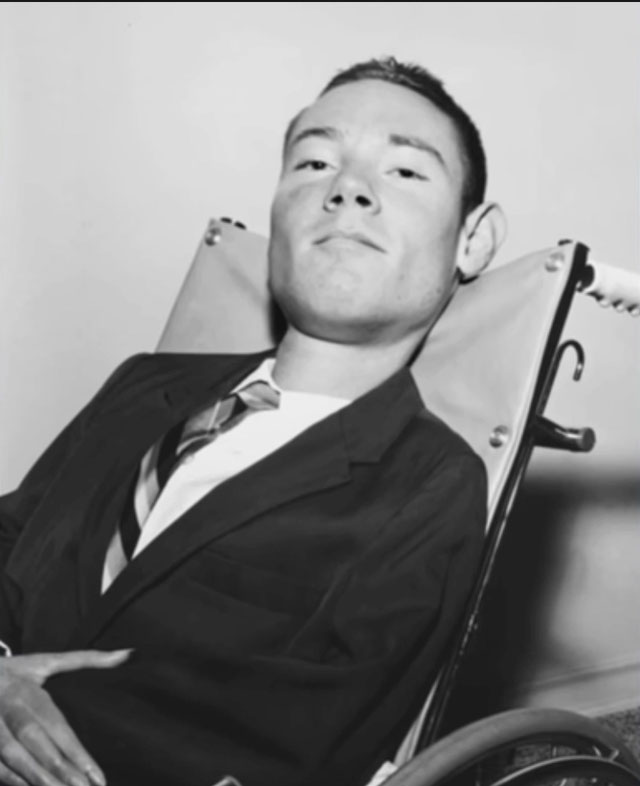
This was just the beginning of his educational journey. Despite initial rejection, he eventually gained admission to Southern Methodist University.
“They said I was too handicapped and lacked the necessary vaccination,” he reminisced. “After two years of persistence, they accepted me under two conditions: that I take the polio vaccine and that a fraternity take responsibility for me.”
Completing his undergraduate degree, he ventured into the University of Texas School of Law, eventually passing the bar exam and establishing himself as a practicing lawyer in Fort Worth.
“After practicing law for 30 years, I discovered a new outlet: writing a book using a pen on a stick,” Paul revealed.
In fact, he’s one of the few individuals still employing this almost obsolete technology.
For the majority of his life, he’s lived within the confines of his ancient iron lung.
“I’ve traveled with it — loaded it onto a truck and taken it along. I’ve attended college with it, stayed in a dorm. It was a source of curiosity for everyone,” he chuckled.
Despite more advanced options available, Paul remains devoted to his metal sanctuary.
Seven years ago, when his iron lung nearly faltered, he took to YouTube with a desperate plea.
Thankfully, abandoned machines scattered across the country provided replacement parts.
Enthusiasts adept at tinkering with vintage devices have also lent their support.
“Many people who had polio are no longer with us. What happened to their iron lungs? I’ve found them in barns, in garages, in thrift stores. Not many, but enough to scrounge for parts,” he shared.
Paul, having lost his mother, father, and older brother, is currently writing another book.
He attributes his fulfilling life to his unwavering persistence.
“I aimed to achieve what I was told I couldn’t. I pursued the dreams I envisioned.”
While significant strides have been made in the United States since 1979 to eliminate polio, concerns about sporadic resurgences due to vaccines persist.
Paul stands as an incredible role model, inspiring others with his courage and captivating narrative.
His indomitable spirit reinforces the notion that the only limitations we face are the ones we place on ourselves.


